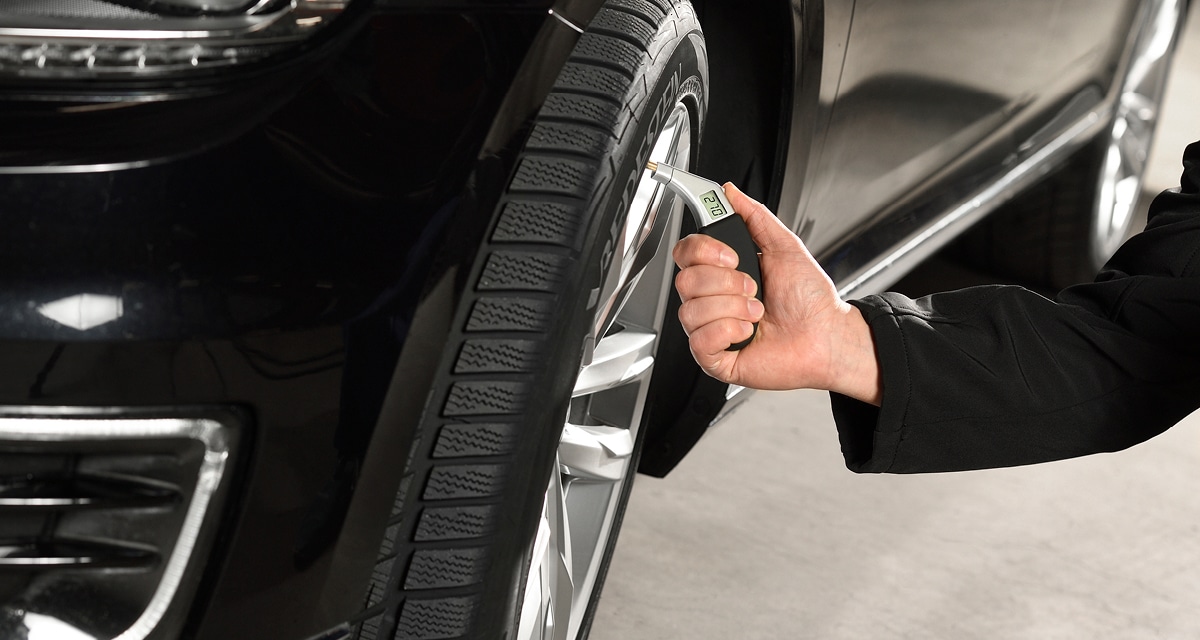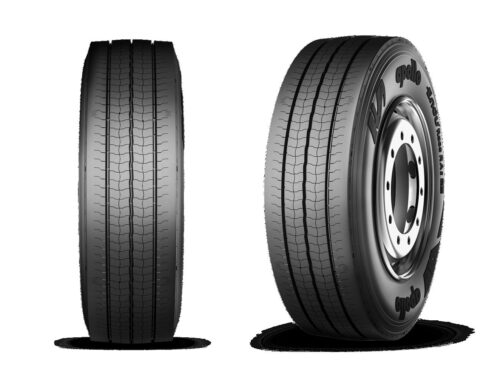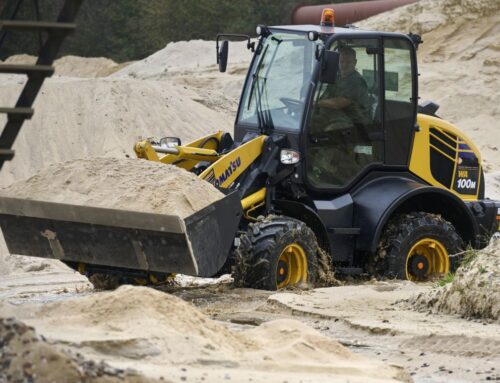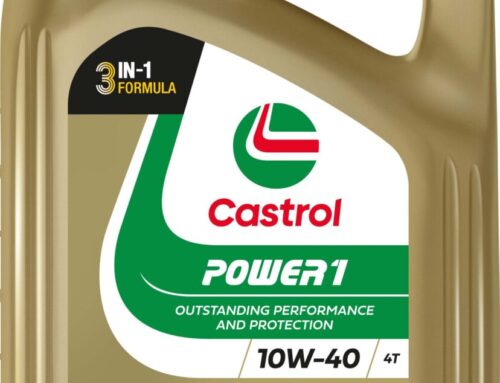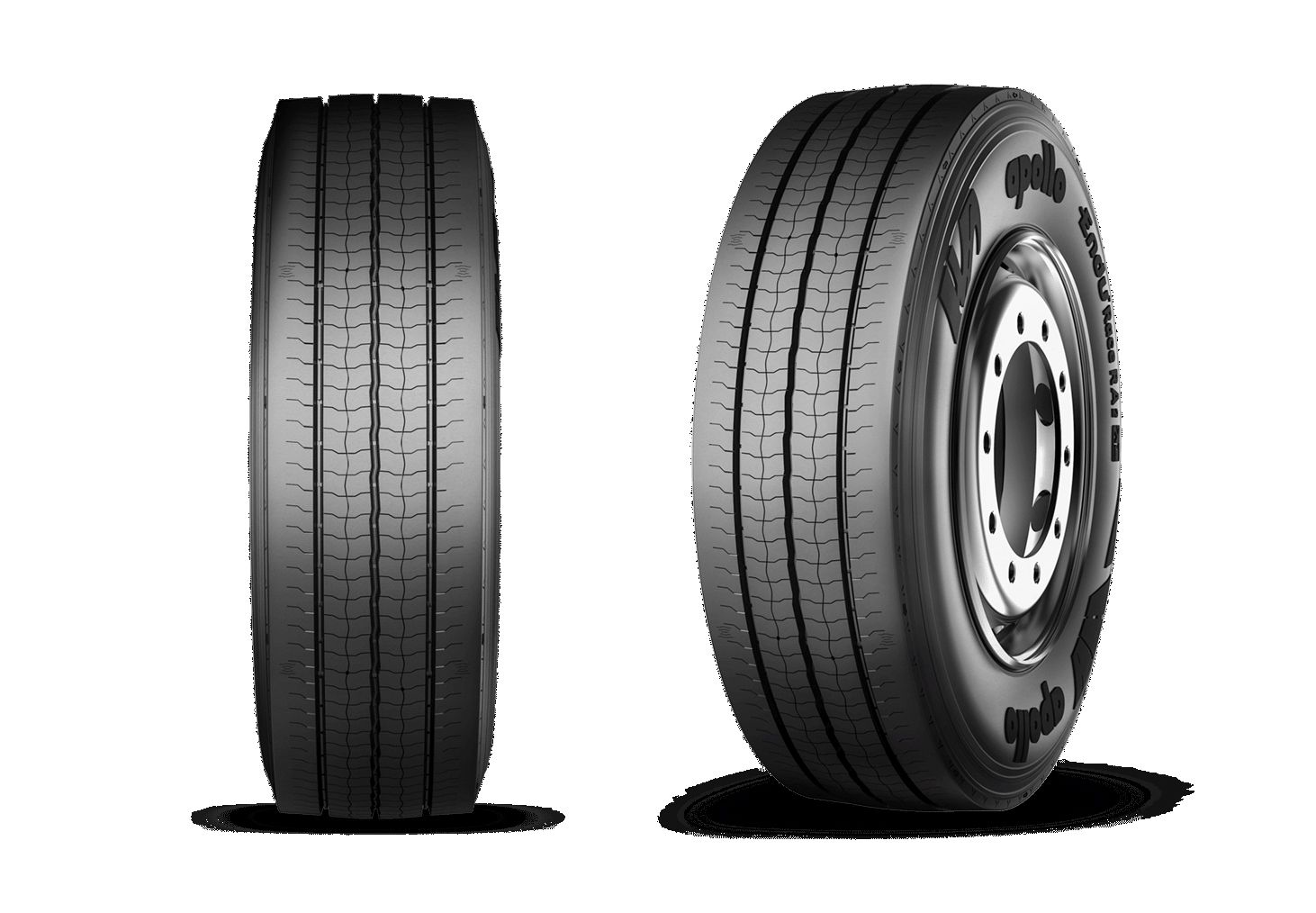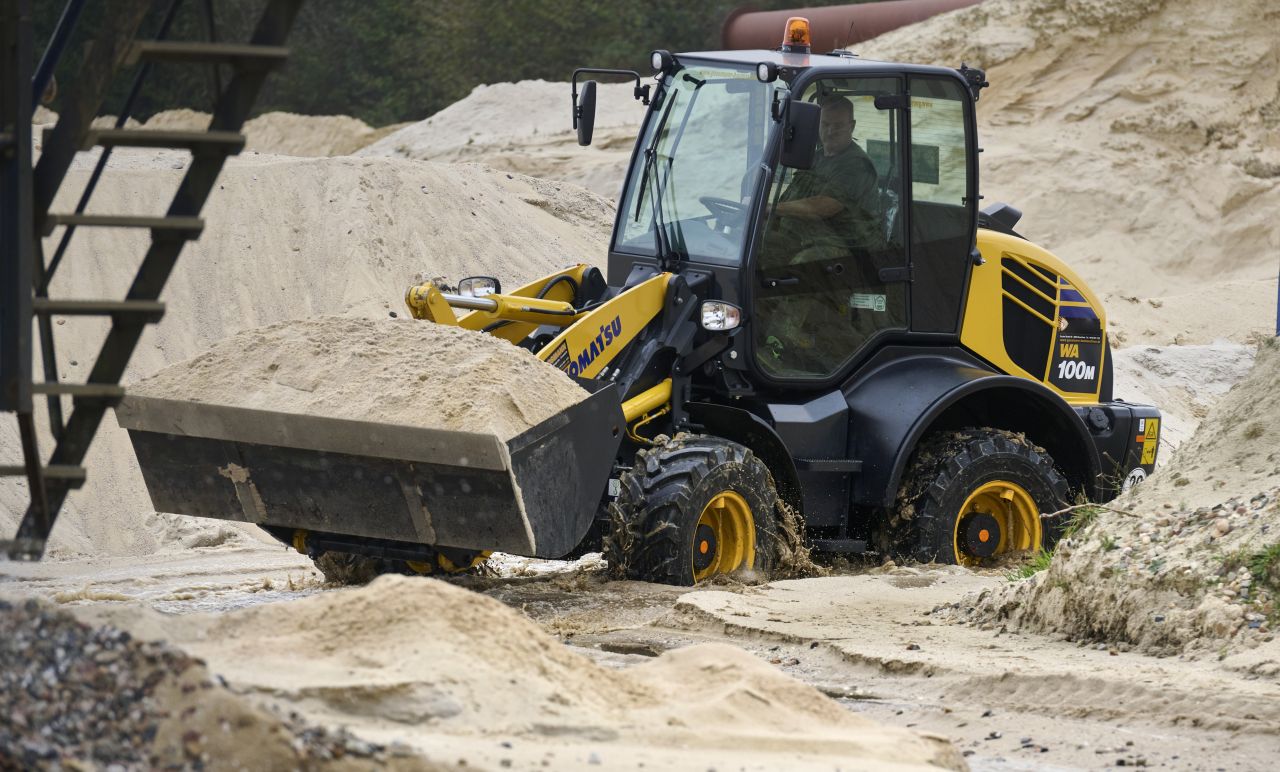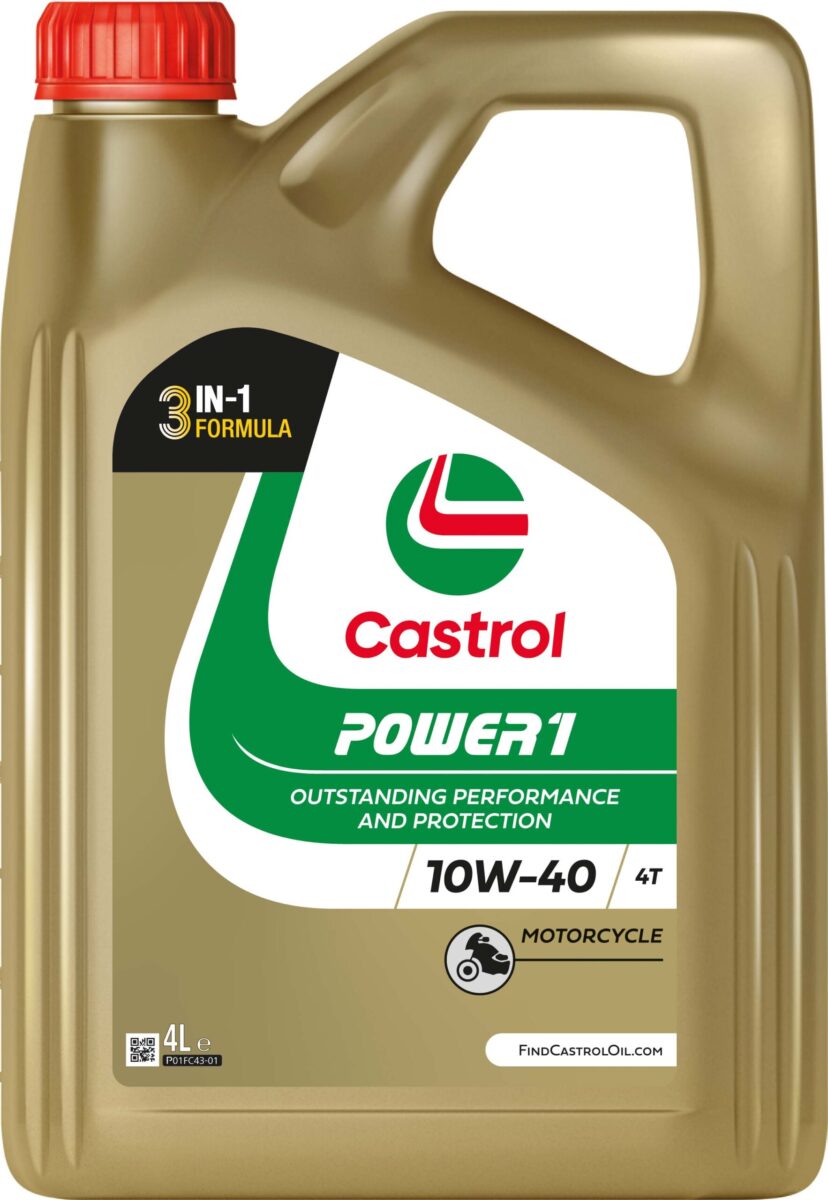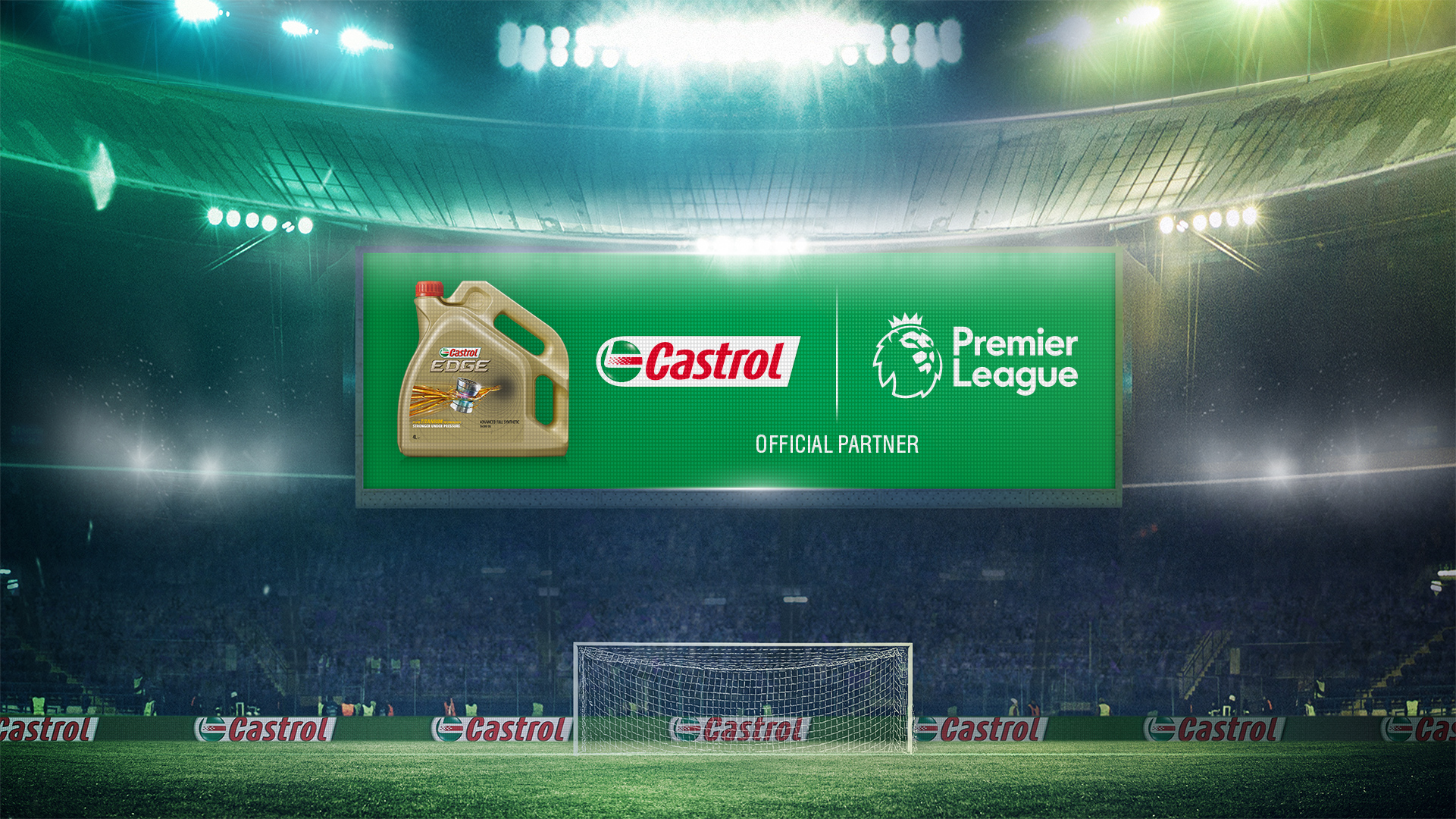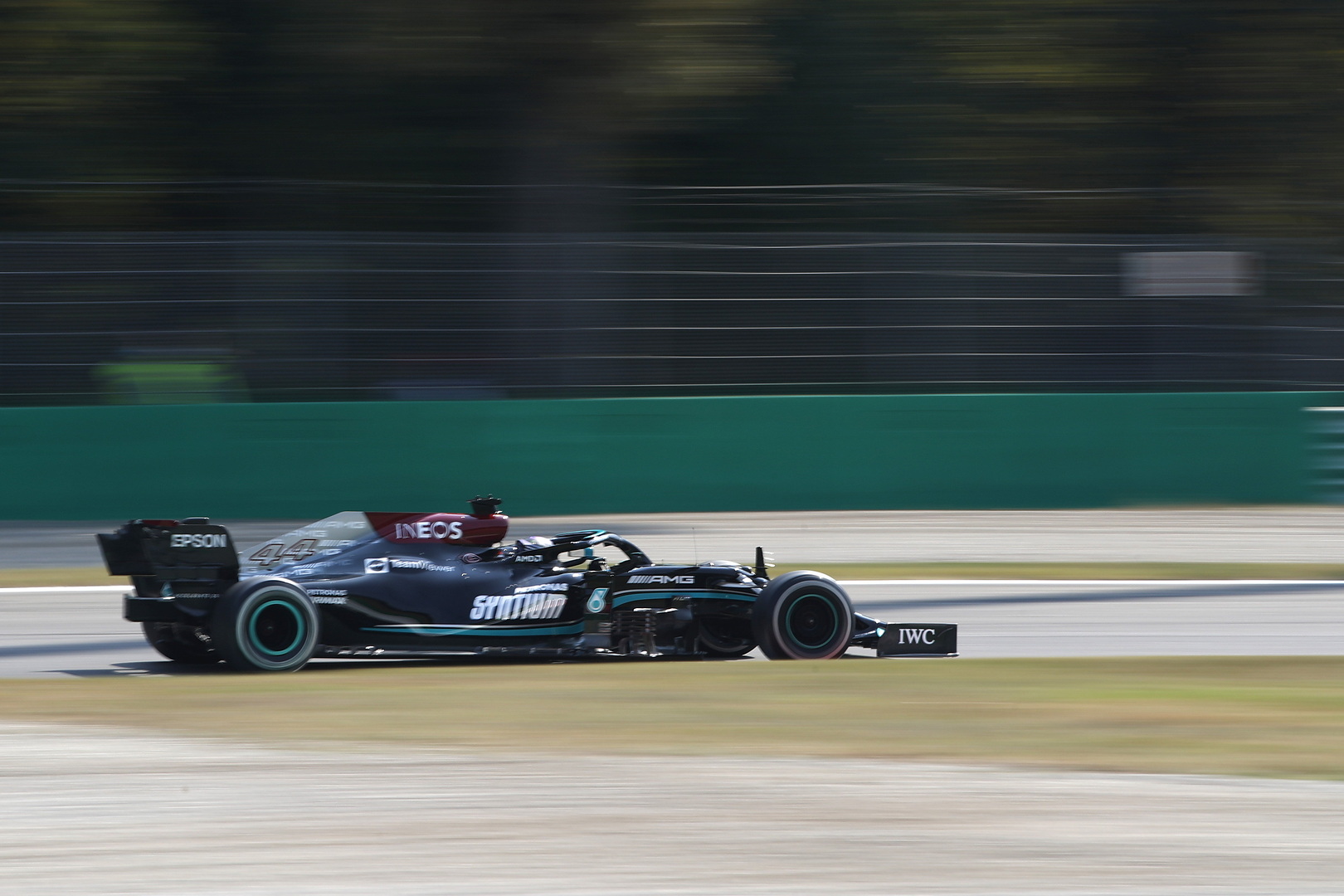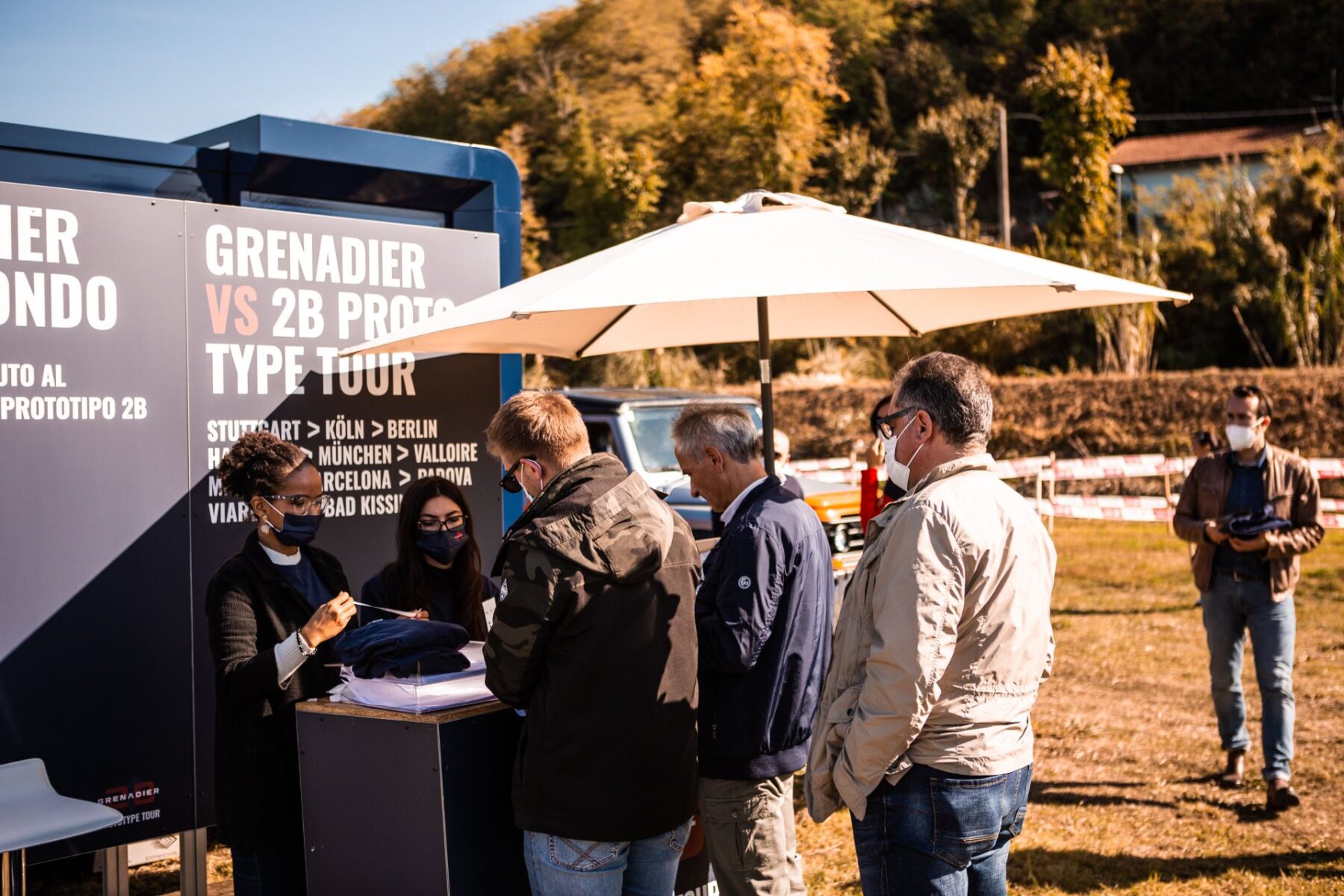Apollo Tyres survey : Only a half of UK motorists conduct recommended monthly check of tyre pressures
- 15% say they check their vehicle tyre pressures at least once per week, 11% once per fortnight, and 29% once per month
- Many check less frequently than recommended: 19% once per quarter, 9% once every six months
- 8% say they never check their tyre pressures
- Low tyre pressure can significantly reduce fuel efficiency and handling effectiveness
- 15% never check if the tread depth is within legal limits
- Survey commissioned by Apollo Tyres, which manufactures Vredestein passenger car tyres
Just over a half of UK motorists conduct the recommended check of tyre pressures at least once per month, according to a new survey commissioned by Apollo Tyres. Of the 1,000 motorists polled, 15% say they check their tyre pressures weekly, 11% say once per fortnight, and 29% once per month.
Apollo Tyres, which manufactures Vredestein passenger car tyres, advises drivers to check their tyre pressures at least once per month, but many do so less frequently: 19% say they check once per quarter, 9% once every six months and 3% say they complete a check just once per year. 8% never check their tyre pressures.
Tyre under-inflation reduces vehicle stability, accelerates tyre wear and increases fuel consumption. If the tyre pressure is very low the tyre can overheat, causing irreparable damage. Meanwhile, excess tyre pressures reduce driving comfort and safety because the portion of the tyre in contact with the road surface will be smaller.
“Tyre pressures should ideally be checked every 14 days, and as a minimum at least once a month and always before a long journey,” advises Yves Pouliquen, Group Head of Sales and Marketing at Apollo Tyres. “Drivers should also periodically check the pressure of the spare tyre so it can be relied upon in the event of an emergency, noting that these tyres often need to operate at a higher pressure.”
Apollo Tyres advises that pressures should only be checked when the tyres are cold (at least two hours after the most recent journey), and drivers should set the pressure to the level recommended by the car manufacturer.
“If you do not have the instruction manual to hand, you can typically find the recommended tyre pressures on the B-pillar beside the driver or inside of the tank filler flap,” says Pouliquen. “It’s important to note that pressures will often be different from front to rear, to account for the vehicle’s fixed distribution of weight and to allow for any temporary increase in load – for example when carrying multiple passengers or luggage.”
Checking for tread wear and tyre damage
Tyre and vehicle manufacturers also recommend that owners conduct regular checks of tread depth, to ensure grip and traction is maintained. However, in the Apollo Tyres survey, a significant 15% say they never conduct such checks. Among those that do assess tread depth, the frequencies cited most often are once per month (22%) and once per quarter ( 17%).
A significant majority (79%) say they check the sidewall and tread of their tyres for damage, although the frequency of these checks varies considerably. Monthly checks are the most common (21%), followed by quarterly checks (16%). 15% say they only assess sidewall and tread for damage once per year or less, while 16% never carry out such checks.
While the legal minimum tread depth in Europe is 1.6mm, Apollo Tyres advises motorists to replace tyres when the tread depth falls to 2mm. The tread main grooves on a tyre have a Tread Wear Indicator (TWI); when the tread is worn down to these indicators, the tyre has reached the minimum legal level.
For winter tyres, weather considerations mean that the wear limit is set at 4mm. Winter tyres with less than 4mm tread depth cease, in principle, to be true winter tyres and in some countries this is laid down by law. In addition to the TWI, winter tyres also have a Winter Wear Indicator (WWI), with a height of 4mm indicating the effective limit for operation in winter conditions.
Pouliquen adds: “Our Vredestein passenger car tyres are put through rigorous testing processes across a multitude of conditions and scenarios, but they cannot operate effectively if the pressure falls outside recommended levels. There is clearly a lack of understanding among motorists about what kind of checks should be conducted, and with what regularity. The onus is upon the tyre industry as a whole – manufacturers, retailers and fitters – to provide additional ongoing guidance and support to consumers.”
For further guidance on checking tyre pressures, consumers can visit the Vredestein website
[FINE]
Amsterdam, 9 January 2024
Anicecommunication Media Relations Apollo Tyres & Vredestein Italy


